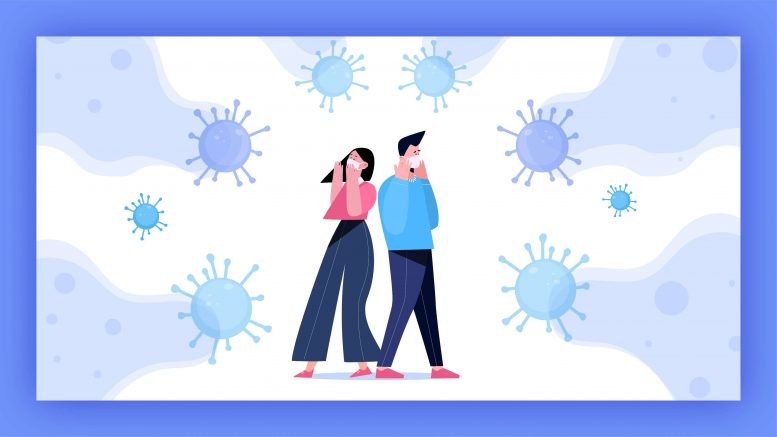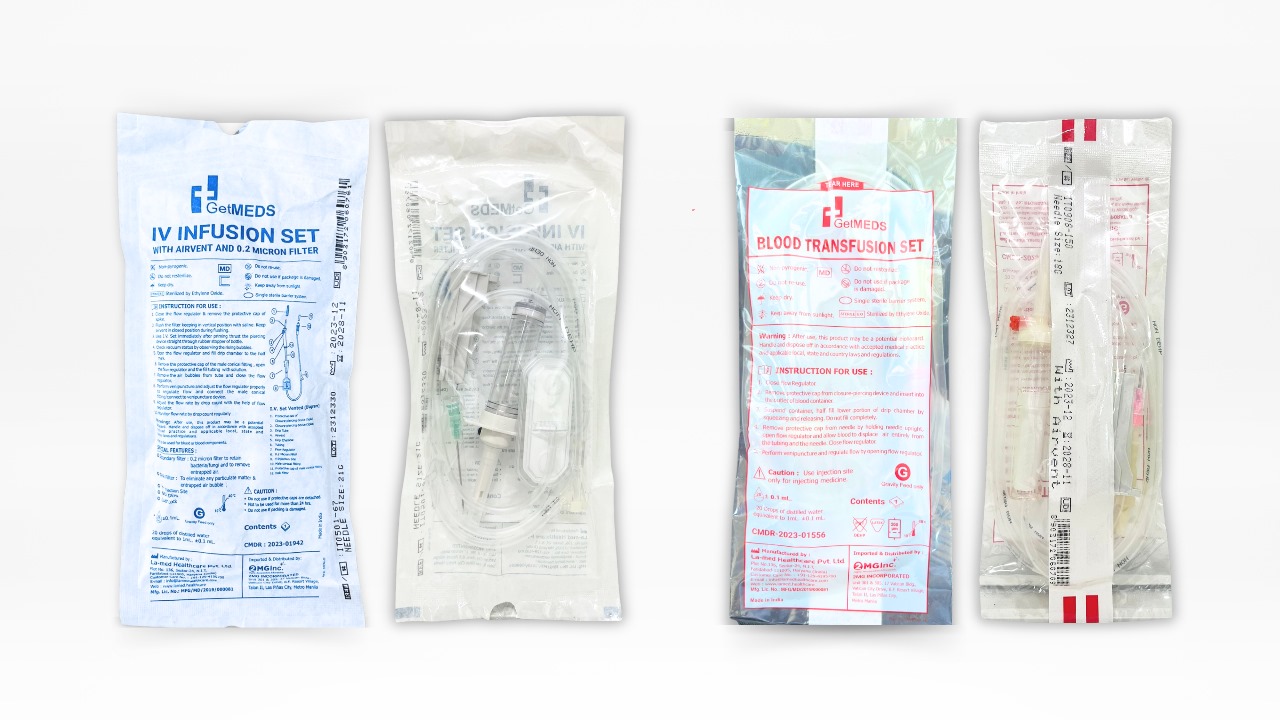A common communicable disease is a disease that spreads to another body, especially during air-borne infections or in the rainy season. It is essential to protect yourself from viruses or infections while maintaining hygiene and eating healthy foods. Avoid getting infected by visiting drugstores or groceries; buy your medicine online in the Philippines to get them delivered to your doorstep without moving outside the home.
Table of Contents
What is a communicable disease?
A communicable disease is spread from one body to another in different ways: touching blood and human fluids, exhaling in an air-borne infection, or being attacked by an insect.
Some examples of the most common communicable diseases include Hepatitis C, influenza, measles, and salmonella, and other food-borne illnesses. Noncommunicable diseases, additionally known as chronic diseases, lead to long duration and result from a combination of genetic, physiological, environmental, and behavioral factors, including diabetes.
What are the types of communicable diseases?
Different types of infectious diseases occur in a person’s body. The top four main types of pathogens cause infection: Viruses, influenza, bacteria, and fungi.
1.Viruses
Viruses are tiny pathogens that include genetic material. Unlike other pathogens, they require the complex formation of a cell.
2.Influenza
Influenza viruses are infections that strike the respiratory system. An individual can reach influenza viruses in the same way they may catch rhinoviruses.
3.Bacteria
Bacteria are tiny, single-celled organisms. They survive in practically every environment on earth, including inside the human body.
4.Fungi
Fungi are a kind of organism that involves yeasts, molds, and mushrooms. There are millions of particular fungi, though only around 300 cause dangerous diseases.
What are the most common communicable diseases?
Infectious diseases are generally mild, and symptoms pass after a few days. However, some can be serious and potentially life-threatening. Here are the 10 most common communicable diseases lists including:
- Coronavirus
- Smallpox
- Common cold
- Whooping cough
- Malaria
- Tuberculosis
- Cholera
- Rabies
- Pneumonia
- Diarrhea
The new coronavirus
The 2019 novel coronavirus is a new strain of coronavirus that first appeared in Wuhan, China, in December 2019. It is easy to spread from one person to another, how deadly it is and whether it will cause a global pandemic. The symptoms include:
- a stuffy or runny nose
- sore throat
- headache
- fever
Smallpox
Smallpox is a highly infectious, particularly deadly virus produced by the variola virus. The disease is presently considered eliminated. Individuals can get the virus by exhaling air breathed or coughed out by an infected person. The common symptoms include:
- Fever
- Overall discomfort
- Headache
- Severe fatigue
- Severe back pain
- Vomiting
Common cold
The common cough and cold is a communicable infection of your nose and throat. It’s usually harmless, although it might not seem that way. Many types of viruses can produce a common cold. The common symptoms include:
- Runny or stuffy nose.
- Sore throat.
- Cough.
- Congestion.
- Slight body aches
- Sneezing.
- Low-grade fever.
- Generally feeling unwell.
Whooping cough
Whooping cough is a profoundly infectious respiratory tract disease. In many bodies, it’s considered by a severe hacking cough developed by a high-pitched input of breath that seems like “whoop.” The common symptoms include:
- Runny nose
- Nasal congestion
- Red, watery eyes
- Fever
- Cough
Malaria
A fungus transmitted by blood-sucking mosquitoes produces the disease, first described by fever, chills, and flu-like symptoms before more complex complications. The common symptoms include:
- Shaking chills
- Headache
- Muscle aches
- Tiredness
Tuberculosis
Mycobacterium tuberculosis, which generally strikes the lungs and produces the sign of bloody coughs. In patients suffering from a high-level stage of TB, it will be visible on the Lung X-ray, but TB bacteria can strike any portion of the body, such as the kidney, spine, and brain. The common symptoms include:
- Weight loss
- Night sweats
- High temperature
- Tiredness
- Loss of appetite
- Swellings in the neck
Cholera
Cholera produces acute diarrhea that, if transmitted untreated, can destroy within hours. People discover the disease by consuming or drinking things, including the bacterium Vibrio cholerae. Since it can deliver 12 hours to 5 days to discover symptoms, different bodies can unconsciously develop the disease through feces. The common symptoms include:
- Vomiting.
- Thirst.
- Leg cramps
- Restlessness
- Irritability
Rabies
The primary symptoms of rabies can be difficult to identify in humans, as they simulate that of the flu and involve common weakness, pain, and fever. However, as the disease proceeds, patients may undergo delirium, abnormal behavior, delusions, and insomnia, according to the Centers for Disease Control and Prevention (CDC). The common symptoms include:
- Nausea
- Vomiting
- Agitation
- Anxiety
- Confusion
- Hyperactivity
Pneumonia
Pneumonia might not conjure up the same dread as diseases like rabies or smallpox, but this lung infection can be dangerous, particularly for those older than 65 or younger than 5. The common symptoms include:
- Cough
- Fever
- sweating
- shaking chills
- Shortness of breath
- Loss of appetite
- Low energy
- Fatigue
Infectious diarrhea
Rotavirus, the most widespread problem of viral gastroenteritis, is a diarrheal disease that can be dangerous. The virus produces dehydration, produced upon by complicated, watery diarrhea and vomiting. The common symptoms include:
- Abdominal pain
- Fever
- Blood in the stool
- Mucus in the stool
- Bloating
- Nausea
What is the prevention of communicable diseases?
People can decrease their risk of transmitting a disease that may produce pathogens. Here are the common prevention of communicable diseases are:
- cleaning their hands wholly and continually
- sanitizing surfaces at home, especially at a food place
- following protection and hygiene when preparing and handling food
- avoiding wasted eating food
- avoiding touching wild animals
- getting possible flu vaccines
- using antimalarial medicines when traveling
Summary
Infectious diseases are diseases that can transfer from person to person. The pathogens that cause these diseases can develop in different ways, such as through the air, contact with infected materials, surfaces, and insect bites.

 Login/Register
Login/Register











Be the first to comment on "10 Most Common Communicable Diseases with Symptoms and Prevention."